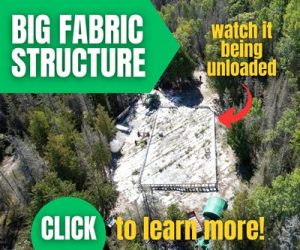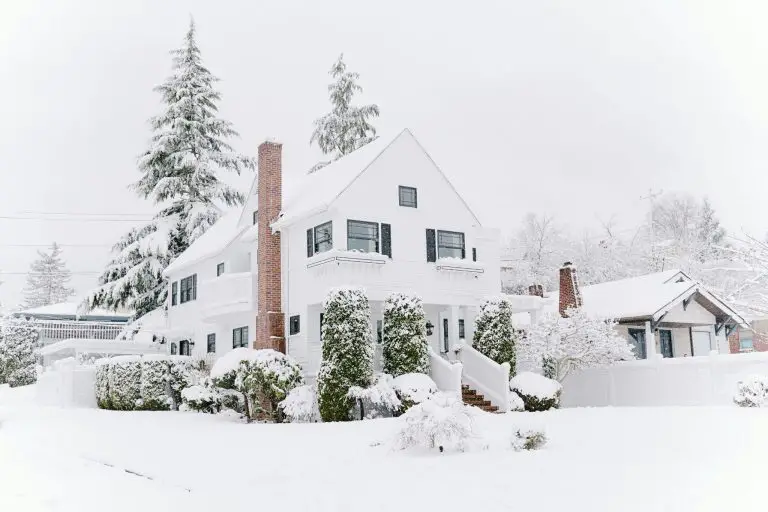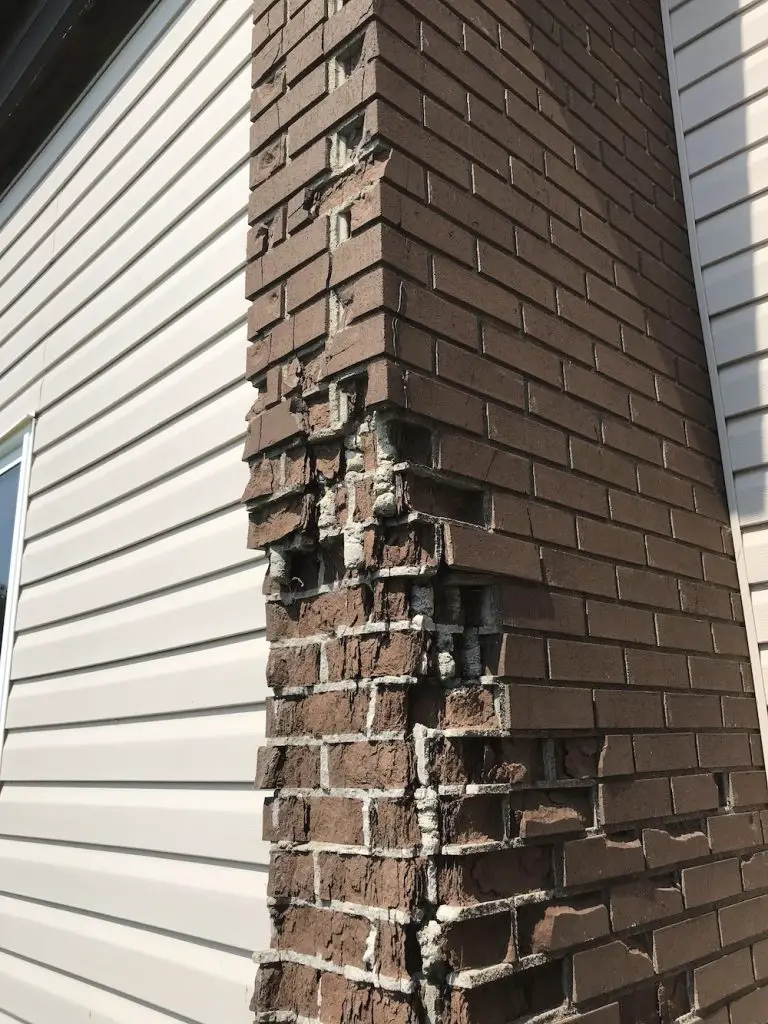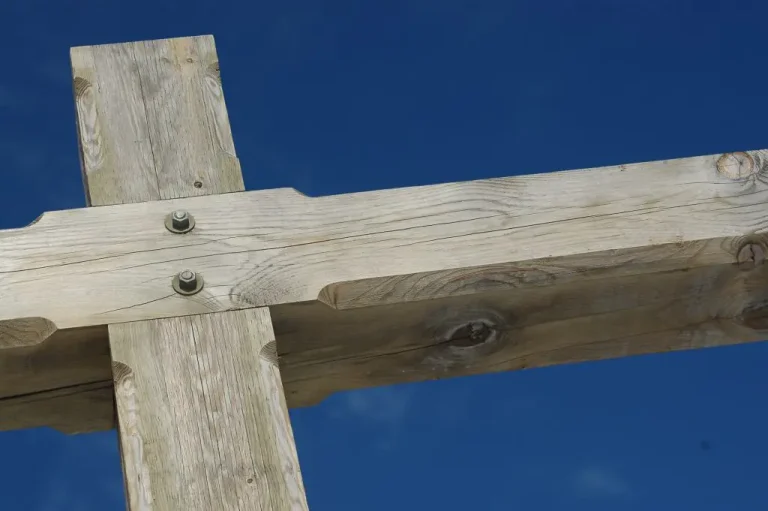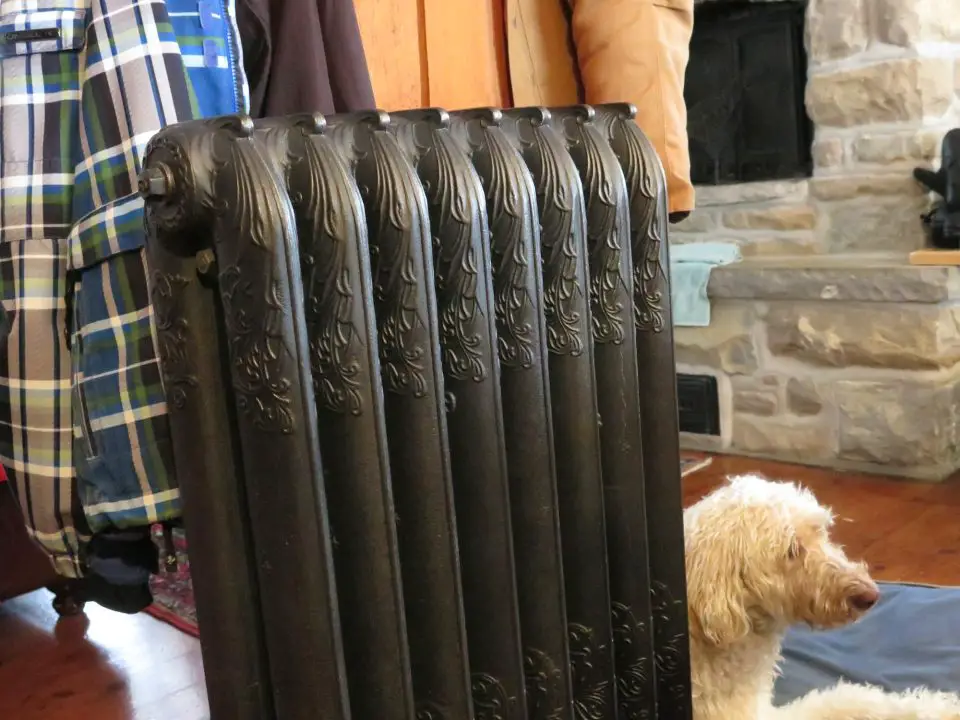
- Video Watch Time = 6 minutes
Good ideas always rise to the top, even if people do forget about them for a while. Hot water heating with cast iron radiators is a case in point. For a century before the 1950s, hot water heating was rightly seen as the best way to deliver warmth to homes and businesses in an efficient and healthful way. Anyone could feel the superior comfort these radiators delivered, and that’s why people paid a premium for it. In this article I’ll explain why I like having them in my own modern home, and why you might, too.
Why Hot Water Heating Fell From Favour

And though the mad scramble to build houses faster and cheaper in the post-war world gave convection systems like forced air furnaces and electric baseboard heaters a temporary upper hand, quality is taking over again from expediency. These days, hot water heating is making a prominent comeback in the form of radiant infloor hydronic heating, though this isn’t the only way to heat with hot water. It may not even be the best way in every situation. Click below to watch a video about the radiators I installed in my own place. Radiators aren’t essential for hot water heating but it’s a great way to distribute the warmth.
Antique Radiator Video Tour
And though the mad scramble to build houses faster and cheaper in the post-war world gave convection systems like forced air furnaces and electric baseboard heaters a temporary upper hand, quality is taking over again from expediency. These days, hot water heating is making a prominent comeback in the form of radiant infloor hydronic heating, though this isn’t the only way to heat with hot water. It may not even be the best way in every situation. Click below to watch a video about the radiators I installed in my own place.
Performance Still Excellent
Show someone a beautiful, ornate, 100-year-old cast iron radiator, and you’ll probably get two opposing reactions from the same person. “Wow, I love those things. Too bad they’re so inefficient.” While beauty is undeniably true, the fact is, old, cast-iron rads are also a highly efficient way to deliver heat to a building. They’re also quite a bit simpler to install than other hydronic systems. Sometimes the technology we forget turns out to be excellent after all.
You can buy new, reproduction iron rads, but the old originals are still the best in my book. Made successfully in North America to serve a stable, mature industry from 1856 to 1960, there’s no way these things could be improved upon. Internal rust is rarely a problem, and the metal used is thick, substantial and often quite beautiful. Think if them as art that keeps you warm.
Sourcing Refurbished Vintage Radiators

Heat transfer numbers show that cast iron rads are second to none for efficiency of heat distribution, and reclaimed iron rads also get the job done with a minimal input of resources. The metal is already mined, smelted, cast and ready to use, though there is often a challenge. While there’s no shortage of old rads to be refurbished, there is a shortage of people who know how to build traditional radiator systems properly from scratch. It’s something of a lost art, though not yet completely gone. My research has uncovered a handful of excellent technical resources, along with a few people who know more about the world of cast iron rads than I would have expected to find. A guy named Pierre Lemieux is one of them. That’s him above, pressure testing one of the radiators he’s refurbishing.
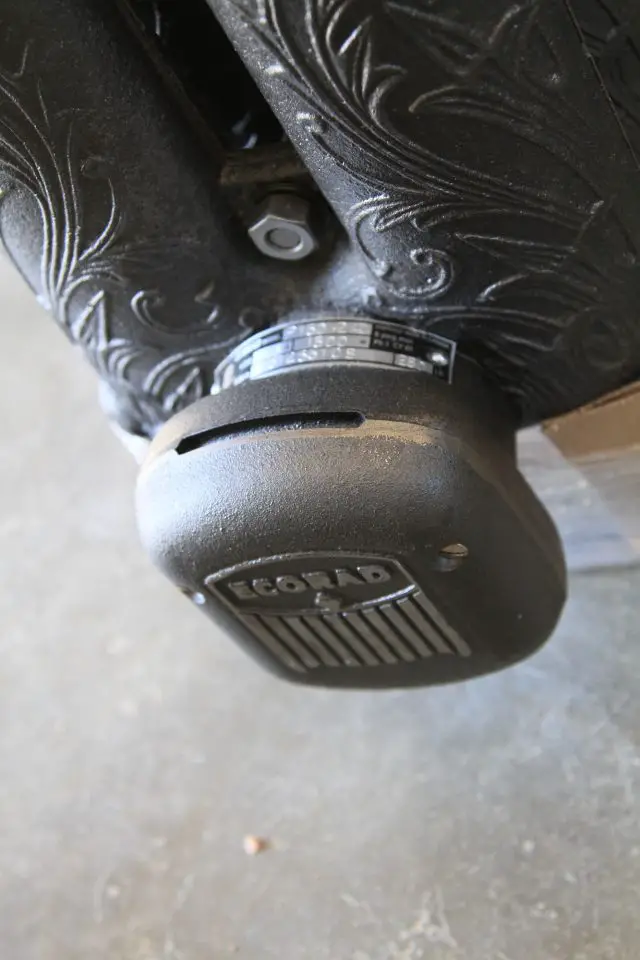
For years, electricity built a well-deserved reputation for being an environmentally-dirty energy source because of the way it was generated. But as coal-fired generating plants and acid rain move aside for electricity created by certified-green wind, solar, hydro and other environmentally sustainable sources, the reality of electricity is changing. It’s now among the most environmentally sound energy sources around, and this is one reason why electrically-heated, antique cast-iron rads make sense in many situations. Lemieux pioneered the use of electric heating elements as part of the iron rad refurbishing process he created, and you’ve got to admire the attention to detail he follows. A cast-iron junction box covers the end of an electric heating element that fits inside the opening that’s part of many antique rad designs. The other end of the rad includes two smaller openings for supply and return connections, as part of a hot water system.
Older Can Be Better
Cast iron radiators were used for so long, and in so many buildings across North America and Europe that there are literally millions of rads in service today. Renovations, demolitions and ignorance-based “upgrades” means that hundreds of thousands of these beautiful rads head for the scrap heap each year, even though most are as reliable and effective as they day they came out of the foundry. The work of intercepting these paint-encrusted relics on their way to the smelting furnace is a job taken on by a handful of radiator restoration companies. Google “cast iron rads” and you’ll find them, though you do need to understand something.
It’s rare to find cast iron hot water radiators that aren’t coated in ugly paint, and removing it offers two advantages. While old, crusty coatings hide beauty, they also hold back heat. Bare or minimally-coated iron rads transfer about 10% more heat to the room, all else being equal. This is why sandblasting is the industry standard for stripping iron rads, though it’s not the best option. While sand blasting does remove paint, it also dulls the floral and decorative details that make ornate rads so beautiful. This is why the best rads are refurbished with a gentler system of stripping that respects original surface designs and textures.
Cast Iron Know-How
You won’t find books on how to design and install hydronic iron radiators in your local home improvement store, but that doesn’t mean that excellent texts aren’t out there. One source is www.heatinghelp.com. I’ve found their titles Classic Hydronics, Hydronic Radiant Heating and Pumping Away to be excellent resources.Most people love the look, feel and comfort of traditional cast iron radiators. Now you can go ahead and enjoy them completely, knowing that they’re also an efficient and green heating option.




